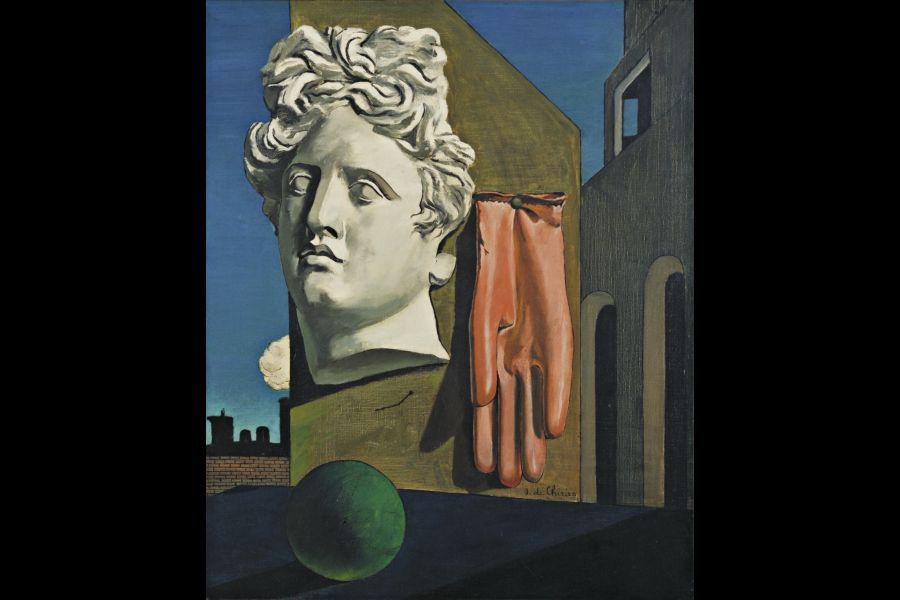Penny-Lynn Cookson
Special to Niagara Now/The Lake Report
In these days of our town’s empty streets, closed shops and still dark theatre scene, the remarkable images of Italy’s influential metaphysical artist Giorgio de Chirico comes to mind.
In his haunting deserted piazzas, the late-afternoon sun throws dramatic long shadows but the clarity of that light never penetrates the dark arches of classical arcades. A clock may signal an eternal present but there remains a dislocation in time and space.
Theatrical views of architecture, out of scale objects and illogical perspective increase an uneasy sense of remoteness. Things are not at all what they are supposed to be.
De Chirico’s roots lay in the philosophy of metaphysics, which contemplated the world in ways that are hidden beneath physical appearance, and the writings of Nietzsche, who explored the subconscious. What is the reality behind ordinary things? What are we to make of things that are deprived of their usual associations and are juxtaposed in new mysterious relationships?
Every piazza can become a stage, a place where incompatibles meet. In his recurring motifs, everyday reality meets mythology and creates moods of nostalgia, tension and alienation.
De Chirico became a major influence on the Surrealist art of the 20th century but he was not a surrealist. It was the unexpected strange encounters between objects and the clarity of vision in his work that appealed.
The basis of Surrealism was the analysis of dreams, a liberation from constraints and logic and de Chirico’s imagery was exactly that. To André Breton, the writer, poet and theorist of the “Surrealist Manifesto,” de Chirico was the link between 19th-century Romanticism and 20th-century Surrealism.
By 1918, de Chirico’s art changed to neo-classical images and he was denounced by the Surrealists as betraying the psychic integrity of his earlier works between 1910 and 1917. Nevertheless, he led the way for the work of the most famous Surrealists: René Magritte, Salvatore Dali and Max Ernst.
He also influenced major filmmakers such as Michelangelo Antonioni, musicians Thelonius Monk and David Bowie, the poet Sylvia Plath and 21st-century video games such as SURREALISTa.
In “The Song of Love,” the plaster head of a Greek classical sculpture overhangs an angled wall attached to an arched façade. The mould of a hand represented by a rubber surgeon’s glove implies the absence of human presence. A green ball is stationary in the foreground.
In the distance, smoke or perhaps a cloud, rises above what might be a smokestack or a train, a reference to industry or his father, an engineer who built railroads. In 1909, de Chirico wrote of the “host of strange, unknown and solitary things that can be translated into painting … What is required above all is a pronounced sensitivity.”
In a subtext written on his 1920 self-portrait, de Chirico wrote: “Et quid amabo nisi quod aenigma est?” What shall I love if not the enigma?
Penny-Lynn Cookson is an art historian who taught at the University of Toronto for 10 years. She also was head of extension services at the Art Gallery of Ontario. Watch for her upcoming lecture series at the Pumphouse Arts Centre and at RiverBrink Art Museum.










